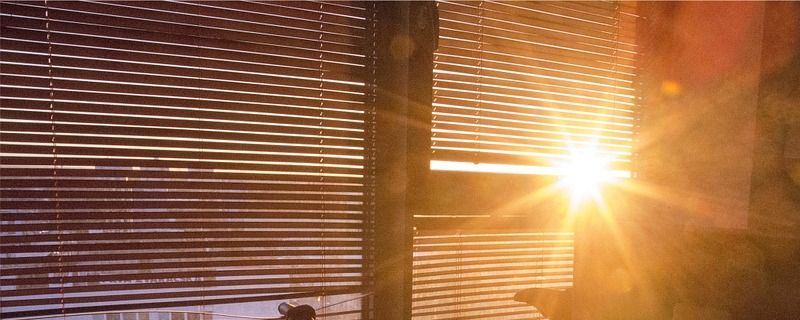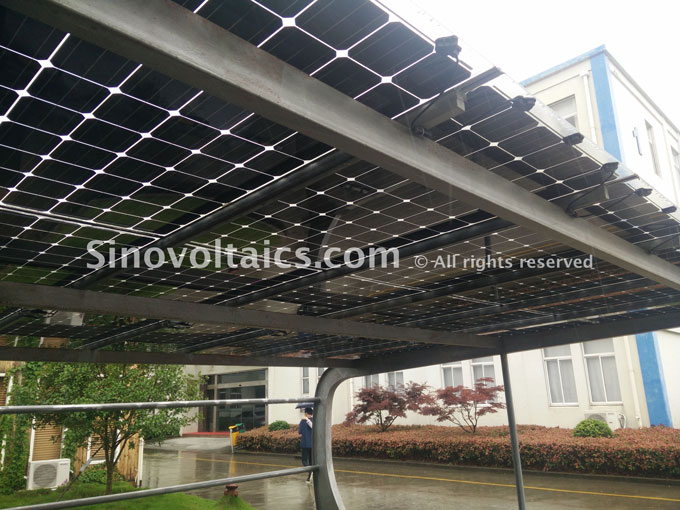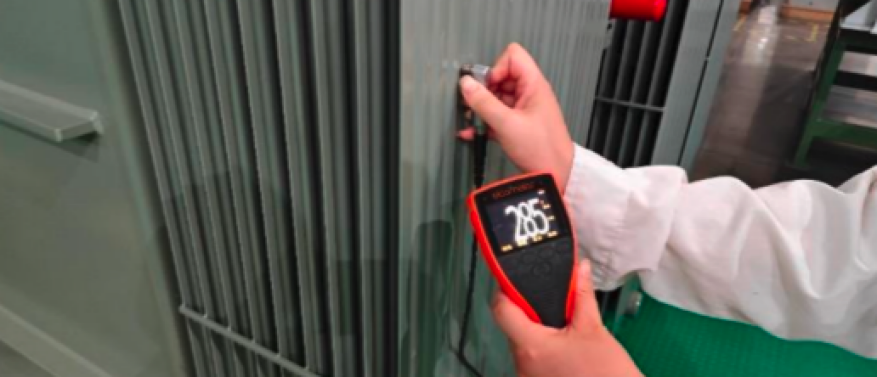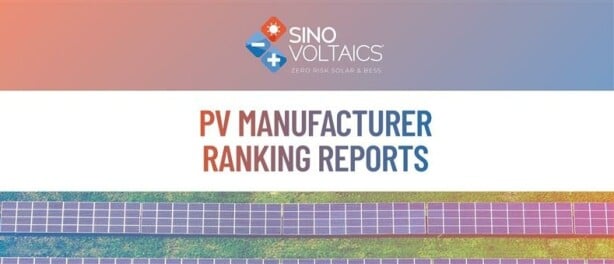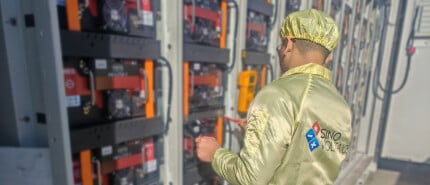In the year 2016, we can witness the increasing commoditization of solar PV and thus its integration into our households, yes, even our daily lives, such as in form of shingles, power banks, backpacks, bug zappers and also solar window.
These applications go hand in hand with sustainable and intelligent building design. Such building-integrated (BIPV) designs are – on our resource-limited planet with its growing population – undoubtedly posed to become one of the major applications of solar PV.
There is significant potential for solar windows and we will explore in this article why.
Solar window: what is it?
Basically, a solar window is a window with built-in photovoltaic functionality. This means that they can convert light from the sun into electric energy.
There are 3 major solar window types that are currently available or intensively researched:
- photovoltaic films: these are thin films of organic cells coated onto the glass, working also as retrofit solution for standard window glass
- dual glass (also called: double glass or glass-glass) modules, which basically crystalline silicon solar cells sandwiched between two layers of glass
- solar-embedded windows, which are glass windows with the solar cells embedded into the glass
Solar window: general advantages of disadvantages
A solar window has many important advantages, especially in terms of aesthetics and more importantly space-restrictions in many parts of the world. Key advantages of solar windows are:
- use of natural daylight for power generation
- vertical application which is particularly important in space-limited areas such as (big) cities
- makes solar PV not only confined to owners of roof-top houses but is virtually applicable to every household, even those in the skyscrapers of the many mega-cities in this world
- some types can be retrofit (photovoltaic films)
- can potentially further boost decentralization of power generation
However, there are also considerable disadvantages or problems with solar windows which currently are:
- higher cost than normal windows
- technologies currently available on the market have much lower conversion efficiency than traditional c-Si PV modules
- technologies currently available on the market are not fully transparent
Base material challenges
Engineers and scientists have long been trying to make solar cells to act as windows that could generate PV when sunlight fell on them.
In order to absorb solar energy, the window must be translucent. Silicon is difficult to make translucent.
Efforts have been made to use organic or dye sensitized materials for this purpose, resulting in the creation of photovoltaic films.
However, the problem with them is their very low conversion efficiency compared to silicon, the still unmatched and reigning mass market champion in the PV field.
A possible solution currently researched is: triple action solar window, which is a solar-embedded window type.
Triple action windows – background
While photovoltaic films and dual glass either have limitations in terms of conversion efficiency and/ or aesthetics – especially in terms of slight color tones in virtually all non-fully transparent solar windows that are currently available – triple action windows promise to become not less than a revolution in building-integrated PV applications and thus sustainable building design.
Tripple action windows produce PV and also block solar heat, so they basically fulfill triple action: act as a semi-transparent good looking window, block heat of the sun, and produce power.
Tripple action solar window is a technology intensively researched by scientists in Korea.
Considering that glass is extensively used in modern architecture, these scientists decided to add further merit to windows while retaining their aesthetic value.
Their proposed material allows light in and out (partially for reason), reflects heat, and at the same time generates solar PV power. All you have to do is to position it into a sun facing wall.
Perovskite materials – solution for a 100% transparent solar window?
Perovskite materials have been coming in handy as alternative material solution for solar windows. These are a group of hybrid organic-inorganic photovoltaic materials which are actually being investigated as serious alternates to silicon.
It is quite possible that they become the darling of the solar PV industry soon. Their efficiency is fast approaching silicon, and they are much easier and cheaper to make.
The Korean team around the tripple action solar window – actually it is collaborating teams from two different Korean universities – have used a perovskite material for making a solar cell which is translucent.
But it is not only a PV producing semi-transparent material. It is also a thermal mirror. It reflects nearly 85 percent of incident solar heat.
For this reason, it makes an excellent multipurpose solar window for tropical and equatorial countries. It lights up the insides, keeps them cool, and generates electricity.
PV conversion is about 13 percent, which is very good considering that it is not allowed to absorb all light.
How is this multiple capability of triple action solar window achieved?
How is this multiple capability achieved? The key is the top transparent electrode (TTE).
It is made of a silver (Ag) film which has a dielectric layer of the highly refractive zinc sulfide (ZnS ) on the top side, and a bottom buffer layer of molybdenum trioxide (MoO3) interfacing with the perovskite material.
The optical indices of the materials and thicknesses in the TTE are such that it allows passage of visible light while reflecting IR. It is important to note that it cuts out heat not by absorption but by reflection, thus itself remaining cool.
The material has application possibilities in buildings and automobiles.
Sources
Hoyeon Kim, Hui-Seon Kim, Jaewon Ha, Nam-Gyu Park, SeunghyupYoo: Empowering Semi-Transparent Solar Cells with Thermal-Mirror Functionality. Advanced Energy Materials, 2016; 6 (14): 1502466 DOI: 10.1002/aenm.201502466

